What is Mera Peak and why is it popular?
Mera Peak,
standing at 6,476 meters, is considered the highest trekking peak in Nepal and
is located in the remote Hinku Valley of the Everest region. Its popularity
stems from the fact that it offers breathtaking panoramic views of five of the
world's tallest mountains—Everest, Lhotse, Cho Oyu, Makalu, and
Kanchenjunga—all visible from its summit. Despite its impressive height, Mera
Peak is considered non-technical, making it a perfect adventure for physically
fit individuals looking to experience high-altitude climbing without needing
extensive mountaineering experience. Its combination of adventure, scenic
beauty, and accessibility makes it one of the most sought-after climbs in
Nepal.
When is the best time to climb Mera Peak?
The best time
for Mera Peak climbing is during the spring season, from March to May, and the
autumn season, from September to November. These months provide stable weather
conditions, clear skies, and excellent visibility of the surrounding Himalayan
ranges. Trekking during these periods also minimizes the risks of snowstorms or
weather-related challenges. The summer monsoon season (June to August) brings
heavy rainfall, making trails slippery and dangerous, while the winter months
(late December through February) can bring extreme cold and heavy snowfall,
which may hinder progress and increase the risks of altitude-related
complications.
How difficult is the Mera Peak climb, and is it suitable for beginners?
Mera Peak is
categorized as a trekking peak by the Nepal Mountaineering Association, which
means it does not involve technical rock or ice climbing. This makes it
suitable for adventurous beginners who are physically fit and mentally prepared
for the rigors of high-altitude trekking. The journey does involve glacier
travel and requires the use of climbing equipment such as crampons and
harnesses, especially during the summit push. No prior climbing experience is
necessary, but participants should have good stamina, endurance, and some
trekking experience at high altitudes. Our guides provide basic mountaineering
training at Khare before the summit day to ensure all climbers are confident
using the equipment.
What is the maximum altitude reached during this trek?
The highest
point on the Mera Peak Climbing itinerary is the summit itself at 6,476 meters
(21,247 feet). Most of the trekking route traverses elevations above 3,500
meters, so acclimatization is a key part of the itinerary. Our program is
designed to help your body gradually adapt to the increasing altitude, with
acclimatization stops in strategic locations to minimize the risk of Acute
Mountain Sickness (AMS).
How many hours will we walk each day during the trek?
The daily
walking hours vary depending on terrain and altitude but typically range from 4
to 7 hours a day during the approach and return trek. On summit day, you can
expect a more strenuous experience, with up to 10 to 12 hours of climbing and
descending. The pace is moderate and includes regular rest stops for hydration,
meals, and scenic enjoyment. Our guides ensure that the walking speed is
manageable for all members of the group.
What type of accommodation is provided on the trip?
During the Mera
Peak trek, you will stay in locally run teahouses that provide basic
twin-sharing rooms with simple bedding and communal bathrooms. The lodges offer
a warm atmosphere and serve freshly cooked meals. On the night before the
summit, at Mera High Camp, you’ll sleep in a well-equipped tented camp set up
by our crew. Sleeping bags and insulated mats will be provided to ensure warmth
and comfort in sub-zero temperatures. While the facilities become more basic at
higher altitudes, our team ensures a clean and safe experience throughout the
journey.
What kind of food is available during the trek?
Meals on the
Mera Peak route are prepared to provide the necessary energy and nutrition
required for high-altitude trekking. You’ll find a mix of traditional Nepali
meals such as dal bhat (rice, lentils, and vegetables), as well as Western
staples like pasta, fried rice, pancakes, and soups. Hot beverages including
tea, coffee, and ginger honey lemon are readily available. We place a strong
emphasis on hygiene and dietary balance, and all meals during the trek are
included in your package for consistency and safety.
Is altitude sickness a concern on Mera Peak?
Yes, altitude
sickness is a potential risk on any high-altitude trek or climb, including Mera
Peak. Our itinerary is carefully designed to allow gradual altitude gain, which
significantly reduces the risk of Acute Mountain Sickness (AMS). Our guides are
well-trained to monitor symptoms and carry a basic medical kit, including
oxygen and altitude medication. In severe cases, immediate descent or
helicopter evacuation can be arranged. We advise all climbers to stay hydrated,
avoid alcohol, and listen to their body’s signals while ascending.
Do I need previous mountaineering experience?
While prior
mountaineering experience is not required, it is beneficial. Mera Peak is
suitable for beginner climbers who are physically fit and eager to learn. Our
experienced guides will conduct a basic mountaineering training session at
Khare, where you’ll practice using essential climbing gear like harnesses,
ropes, ascenders, crampons, and ice axes. This training ensures that everyone
is adequately prepared for the glacier section and the final push to the
summit.
Are permits required for Mera Peak Climbing?
Yes, climbing
Mera Peak requires several permits, all of which are included in our package.
These include the Mera Peak climbing permit from the Nepal Mountaineering
Association, the Makalu Barun National Park entry permit, a local area permit
for the Hinku region, and the TIMS (Trekkers’ Information Management System)
card. We handle all documentation and logistics, so you can focus on enjoying
your adventure.
What gear do I need for the climb?
You will need
proper trekking and mountaineering gear for Mera Peak. This includes layered
clothing suitable for cold weather, a down jacket, windproof shell, insulated
gloves, climbing boots, and sunglasses. For climbing, you'll need a harness,
helmet, crampons, ice axe, and a headlamp with spare batteries. We provide a
detailed packing list upon booking and offer rental services in Kathmandu for
technical gear to reduce your baggage load.
How can I physically prepare for Mera Peak?
Physical
preparation should begin at least 2 to 3 months before your departure. Focus on
cardio exercises like running, hiking, or cycling to build endurance, and
strength training for your legs and core. Try to simulate long-distance walking
with a loaded backpack. If possible, do high-altitude hikes or stair climbing
to condition your lungs. The better your fitness, the more enjoyable your Mera
Peak experience will be.
Is travel insurance necessary?
Yes, travel
insurance is mandatory for Mera Peak climbing. Your insurance should cover
high-altitude trekking and climbing (up to 6,500 meters), emergency helicopter
evacuation, and medical expenses. We advise checking with your provider and
carrying a physical copy of your policy. In the event of illness or emergency,
this coverage ensures swift action and peace of mind.
What if the Lukla flight gets delayed or canceled?
Weather
conditions in Lukla can be unpredictable. In case your flight to or from Lukla
is delayed or canceled, we will reschedule or arrange a helicopter transfer (at
additional cost if not covered by insurance). We recommend including at least
one or two buffer days in your travel schedule to avoid complications with
international flights.
Can I customize the itinerary or join a group?
Yes, we offer
both private and group Mera Peak climbing options. Whether you are a solo
traveler looking to join a fixed group or a couple/group seeking a customized
itinerary, we can tailor the experience to match your preferences, fitness
level, and time frame. Group bookings also receive special discounts.
How do I book this trip and what support do you offer?
Booking your
Mera Peak expedition is simple. You can visit our website, fill out the booking
form, or contact us directly via email or WhatsApp. Once your booking is
confirmed, we will guide you through the preparation process, including gear
selection, training advice, and visa support. Our team is available 24/7 to
answer your questions and ensure you feel fully prepared for this life-changing
adventure.

 54 Reviews on Google
|
54 Reviews on Google
|  30 Reviews on Facebook
30 Reviews on Facebook
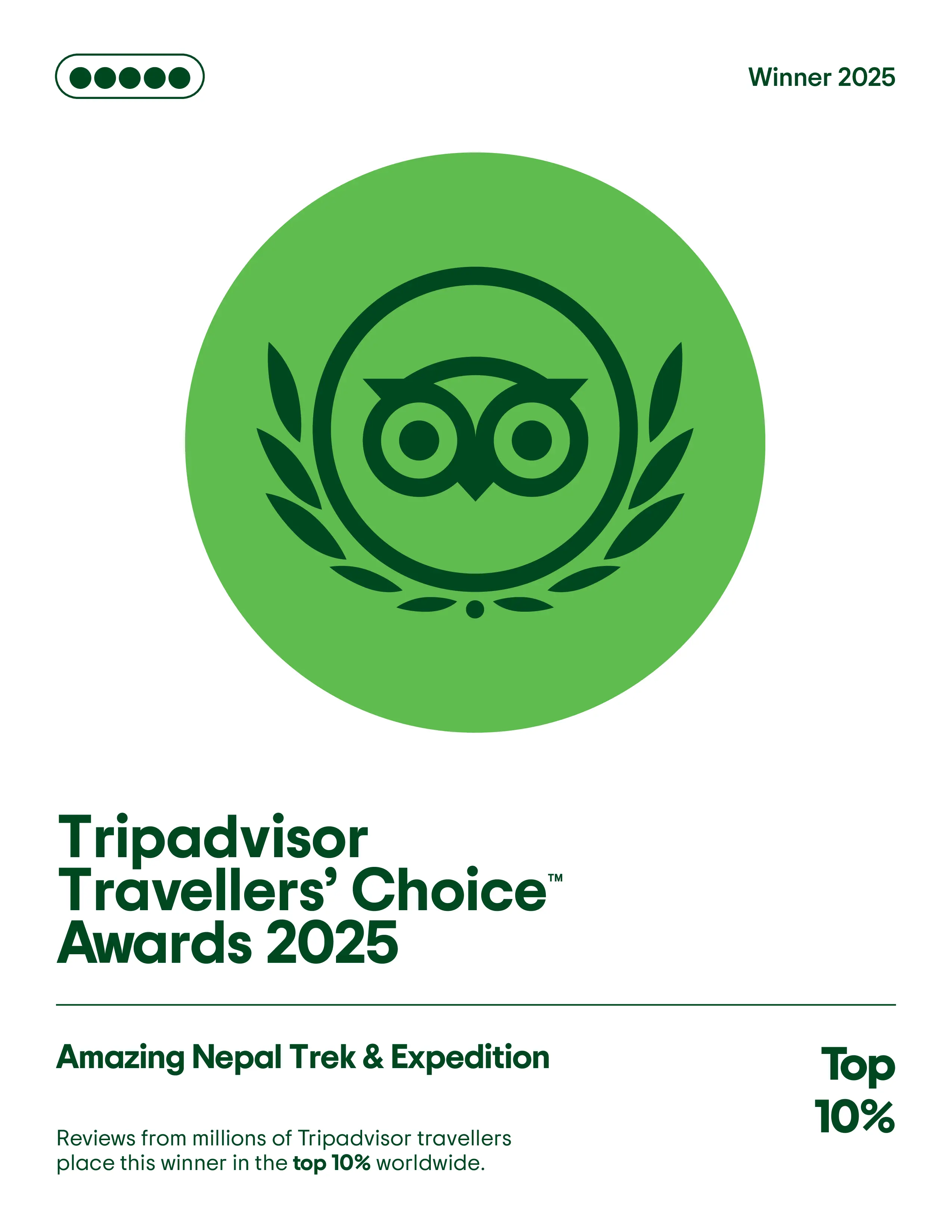
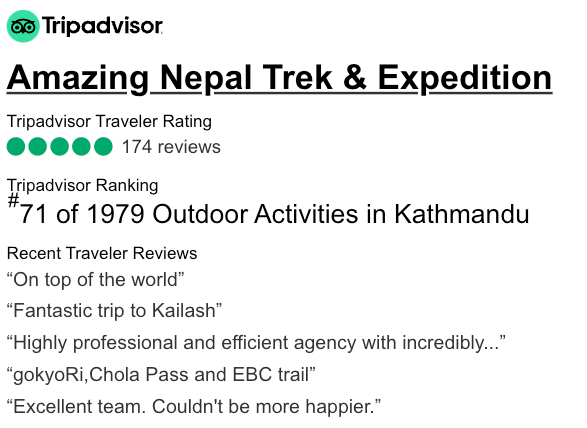
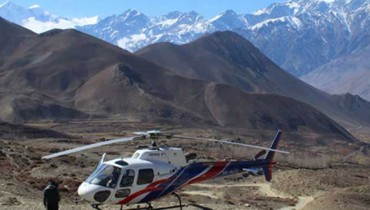
 (1) (1).jpg)
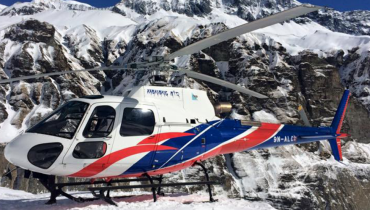
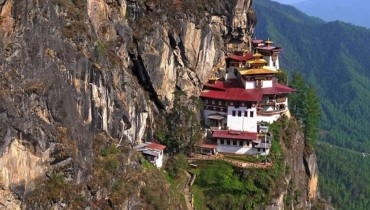
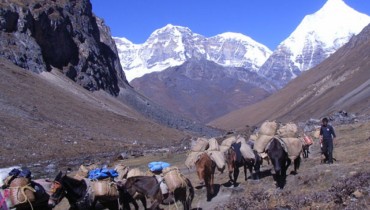
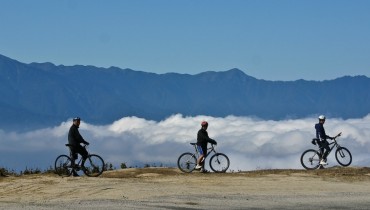
 WhatsApp Us
WhatsApp Us




